The Perfect G&T
When using only the simplest of ingredients, every element needs to be exactly right – in a perfect gin and tonic, there is nowhere to hide.
The objective is to create the ideal balance of the bitterness of the tonic against the silky texture, aromatics and alcohol level in the gin. The taste should be crisp, refreshing and thirst quenching, and in a classic G&T, should never taste boozy, or overpoweringly sweet.
One of the simplest and most timeless drinks, how to create the perfect Gin and Tonic relies on a magical combination of five elements.
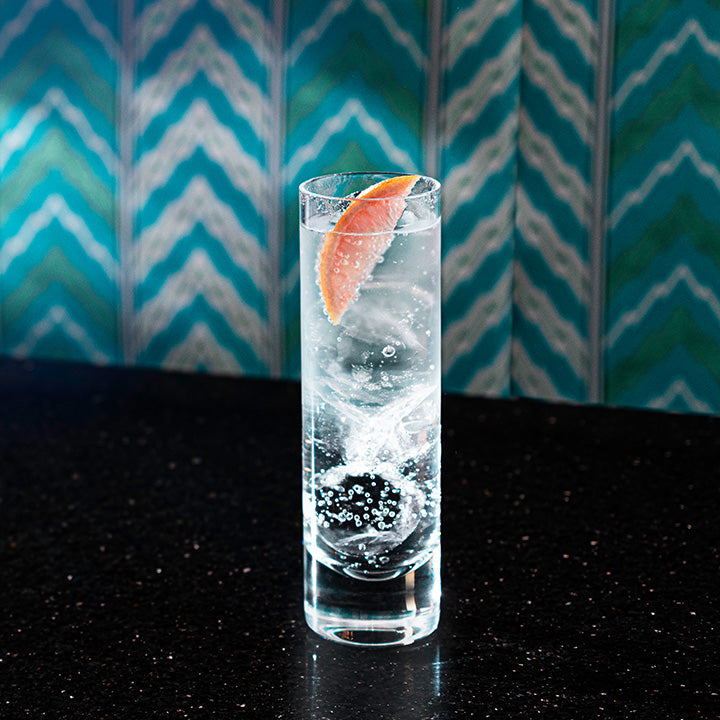
1. Glassware
CHOOSE THE RIGHT GLASS
With any drink, it is a matter of personal taste, but when it comes to choosing the glass for your Gin and Tonic, it is between a traditional highball or increasingly popular balloon glass both of which allow plenty of room for the botanicals to swirl and dance alongside the ice and chilled, carbonated tonic.
Our preferred choice of glass is the 'highball', where the tall, narrow shape allows the fizz of the tonic to draw out the flavour of the botanicals and preserve the tiny, neutralising bubbles. Alternatively, you can opt for the wide bowl-shaped 'Copa de Balon'; designed to enhance the gin's aromas and leave lots of room to add plenty of ice and garnish.
For an extra special touch of frosty refreshment, chill your glass in the fridge or freezer shortly before pouring.
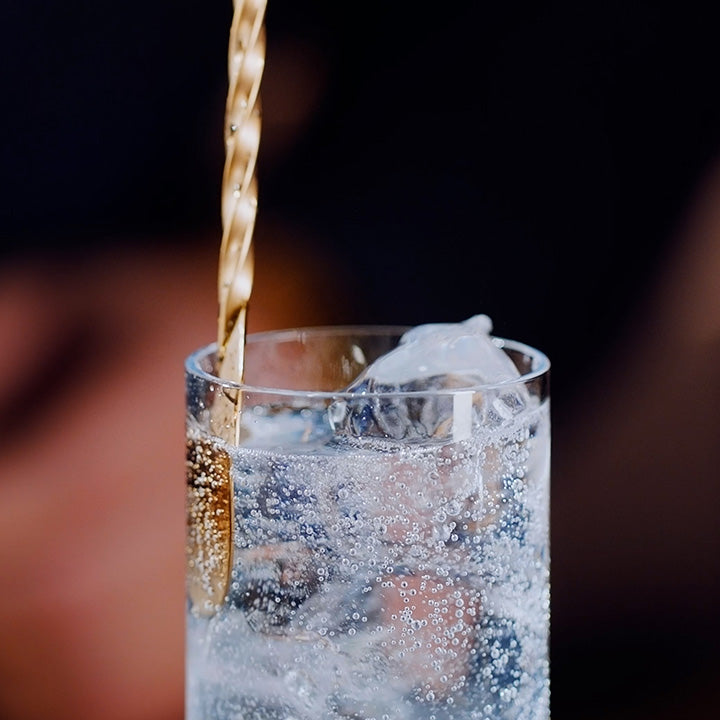
2. Ice
SERVE ICE COLD
More ice means slower melting, which means less dilution. If you want to enjoy a chilled Gin and Tonic without the added water, make sure you fill your glass with plenty of ice before adding the liquid. Ice can also improve your gin and tonic as the water releases the hold that alcohol has on aromatic molecules. This amplifies rather than dilutes the flavour.
When making ice cubes, you can use warm water in your ice cube tray which creates clearer ice cubes and also freezes faster – this is through a counter-intuitive phenomenon called the Mpembha effect which evaporates gasses in the liquid more quickly.
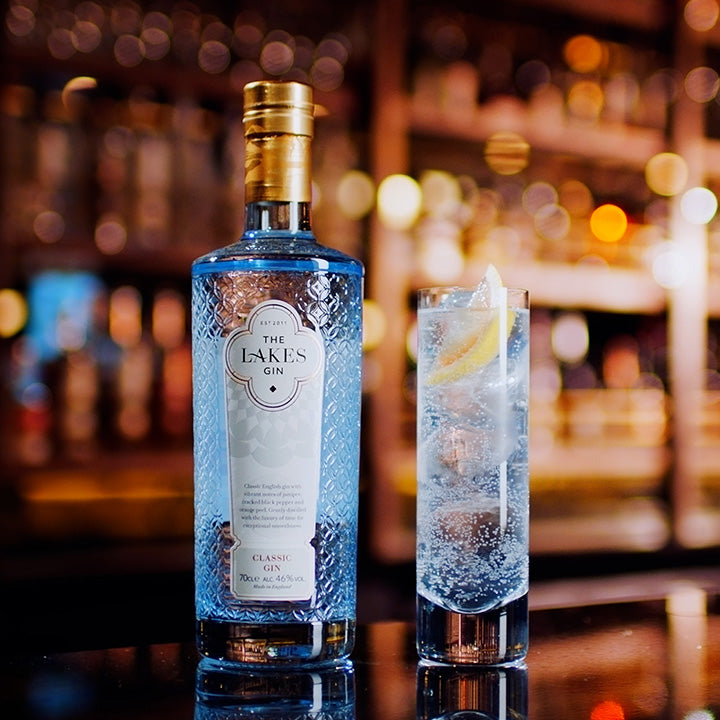
3. The Gin
QUALITY OVER QUANTITY
Choose the right gin – a traditionally made London dry style gin will create a classic, refreshing gin and tonic. For this timeless combination, we recommend quality over quantity, every time.
The ratio of gin to tonic is dependent on the strength of alcohol in your selected gin; we generally recommend 1 part gin to 3 parts tonic (50ml, or a double measure, to 150ml tonic). Measuring your gin in a jigger will help with accuracy and achieving balance in your drink.
The Lakes Gin is traditionally made with a long, slow and gentle distillation in our handbeaten copper pot still, creating a timeless, exceptionally smooth London dry style gin. Our gin uses only a select few botanicals to ensure a pitch perfect, balanced, and juniper-forward flavour palate – a classic, English gin.
Steeping this unique blend of botanicals overnight like loose-leaf tea, The Lakes Gin has vibrant notes of juniper, cracked black pepper and orange peel. The holy trinity of juniper, coriander and angelica provide the flavour cornerstones, while orris root, cassia bark and liquorice offer complementary flavours, with sweet and sour orange and lemon peel enhancing the citrus notes, ideal for crafting that perfect gin and tonic.
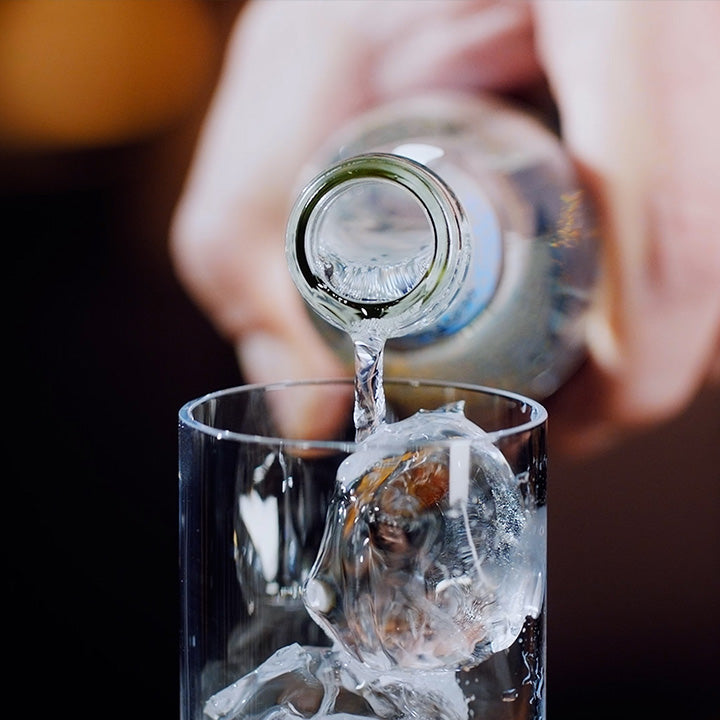
4 The Tonic
CHOOSE WISELY
Inadvertently invented by British troops using quinine to both cure and prevent malaria, to make the powder more palatable, officers regularly added sugar and soda to create a 'tonic' water - as in “a tonic to cure your ails”. The taste was also used alongside citrus to mask the flavour of the rough alcohol, but also to prevent scurvy.
Select your tonic carefully – they vary with the amount of quinine and sugar, which determines the bitterness or sweetness of the tonic. Produced from the bark of the chichona or 'Fever' tree, it is the quinine which gives tonic water its gentle bitterness, but when making up three-quarters of your drink it is important to find the right mixer.
Is there a secret? No – if you’re looking to mix a classic Gin & Tonic, stick with a classic tonic water which allows the juniper forward character of the gin to shine. There are a host of boutique, artisan brands available, driving innovation and choice.
If you’re being more adventurous, feel free to experiment – either with the character of the gin, OR the character of the tonic – but the golden rule is to do one or the other, not both. If you are going to live dangerously, gin with more spicy or herbal characteristics invite experimentation to try floral or fruity tonics – but just like cooking, consider the flavour profile to work in harmony. Be careful of going too “double-denim” – you wouldn’t choose a fruity tonic with a fruity gin.
Our final recommendation would be to serve tonic in a single-serve bottle or can, to keep it fresh and fizzy.
Consider your gin and tonic as a work of art - you need the right canvas to carry your masterpiece.
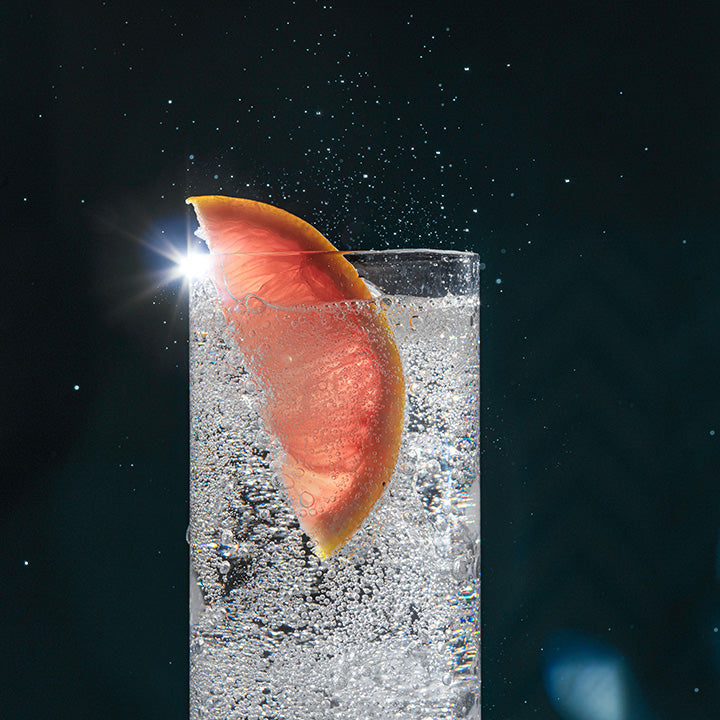
5. The Garnish
COMPLEMENT THE BOTANICALS
Adding an aesthetic aspect to your drink, the choice of garnish also enhances flavour through the aromatic nature of the fruit or herb.
Garnish is traditionally lime or lemon, usually a citrus based fruit, to complement the botanicals in the gin. Floral based gins might use fresh edible flowers, or cucumber and a savoury, herbal gin may use rosemary or even ripe tomato to lift the flavour.
The floral nature of Fever-Tree Mediterranean Tonic best complements our classic London Dry style Lakes Gin. The blend of essential oils from flowers, fruits and herbs make it a wonderfully delicate, floral tonic, complementing the botanicals in the gin, while a slice of pink grapefruit or lemon highlights the zesty notes.
Finally, use a long barspoon or stirrer to gently combine the gin, tonic and ensure even distribution of flavour and icy temperature throughout.
Taste, balance and quality all come in to play and to complete the perfect Lakes Gin and Tonic, add a large grapefruit slice to complement the balanced flavour profile of our juniper-forward gin.
Create your own perfect gin and tonic at home
Discover The Lakes Gin Collection
Sign up for more
Join our online community and receive more cocktail recipes, special offers and new releases, plus receive up to 20% off your first order.
Welcome to The Lakes
Join The Lakes to save 10% on your first online order, receive peronsalised communication & exclusive access to new releases.
© The Lakes Distillery, 2023
UK Registered Office: The Lakes Distillery Company plc, Low Barkhouse Farm, Setmurthy, Cumbria CA13 9SJ.
US Registered Office: The Lakes Distillery Company USA Inc, 1209 Orange Street, City of Wilmington, County of New Castle, Delaware, 19801.
VAT Number: 122612261
Company Registration Number: 07769363


























